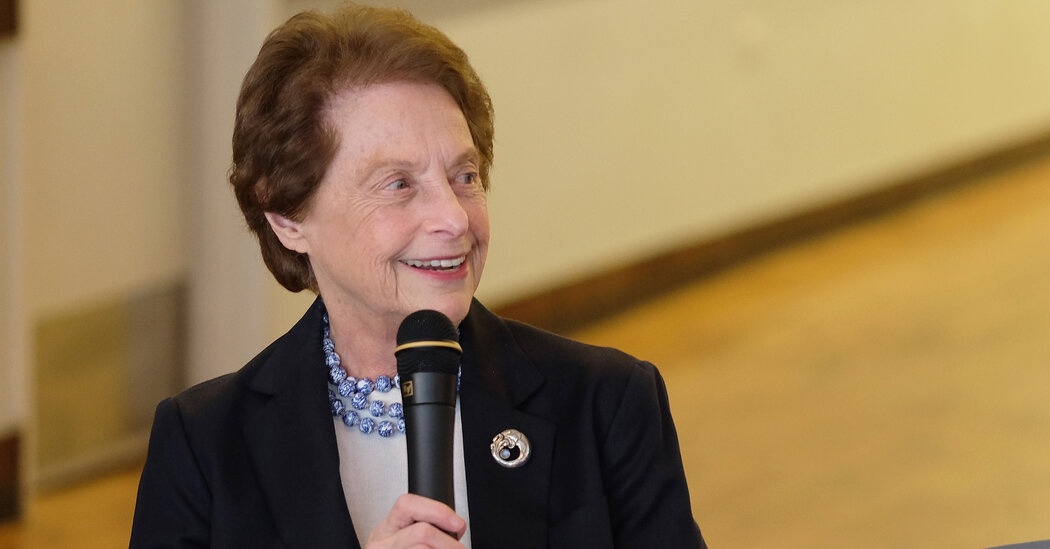
Mimi Sheraton’s greatest innovation as a restaurant critic is still the only thing people want to talk about.
The question comes up in interviews, casual conversations and any other time I get within close range of anybody who knows what I do for a living: “Do you wear disguises?”
I don’t, I tell them, and it’s clear from their faces that I’ve turned out to be major disappointment.
I don’t, but she did.
During the years in the 1970s and ’80s she wrote restaurant reviews for The New York Times, Mimi Sheraton, who died Thursday at 97, guarded her image more carefully than Garbo. Like critics before and after her, she gave fake names when making reservations, but it was when she started wearing costumes that she took the critic’s tactic of assuming other identities into new territory.
For television appearances and publicity stills, she wore hats with wide brims pulled down to obscure her features. For dining out, she had eyeglasses fitted with tinted nonprescription lenses. Leaving the Times building for dinner out, she would put on a wig in the back seat of a taxi, adjusting its angle in her compact mirror. According to her memoir “Eating My Words: An Appetite for Life,” she collected styles: an auburn pageboy; long, straight locks that gave her the look of an activist, she thought; “a silver-blond bouffant cascading down over one eye” that she called the Five Towns Macher.
Having a job that pays you to eat and pays for your meals already strikes many people as a dream come true. By adding an element of subterfuge, what the intelligence community calls tradecraft, Mimi turned the dream into an adventure tale, a Le Carré novel in which the spies are spied on as they go to dinner and attempt to order everything on the menu.
She must have realized at some point that readers were turned on by the romance she’d created, but that wasn’t the reason she went undercover. Whether she was critiquing restaurants or rating pastries, she was disciplined about her methodology. She had been like that more or less since elementary school, when she and her friends went to Coney Island and rated the hot dogs at Nathan’s and Feltman’s on five characteristics, from appearance to aftertaste. To eliminate variables, all dogs were assessed with and without buns and mustard.
Later, working for The Times, she learned how dramatically the service and food can change after a restaurant spots a critic. After that, she did her best not to be spotted. It was her way of eliminating one variable from her experiments.
Not that it always worked. Mâitres d’hôtel, seeing right through her tinted lenses, would greet her by name, to her mortification. “Few things embarrassed me more than being recognized in disguise,” she wrote. I’ve often wondered how many times restaurants spared her the humiliation simply by pretending not to notice her. In my experience, a disguised critic at the table is about as inconspicuous as an undercover cop at a protest rally.
Recently, I was eating at a sushi counter when, after about half an hour, the person next to me asked, “Pete? Is that you?” It was the owner of several restaurants I’ve reviewed.
It seemed pointless to deny it, so I admitted that I was indeed myself, and we talked briefly, steering clear of anything that would compromise either of us.
After a few minutes, the restaurateur said, “Well, I guess I’ll see you at the next place I open. You’ll pretend to be somebody else and I’ll pretend not to know who you are.”
“Why do you do that?” I asked.
“Isn’t that the rule?”
“It’s not my rule,” I said. “Do you think I go around town telling people to pretend they don’t see me? I don’t know why that’s the rule, and I don’t know where it started.”
But I do know. It started with Mimi.



